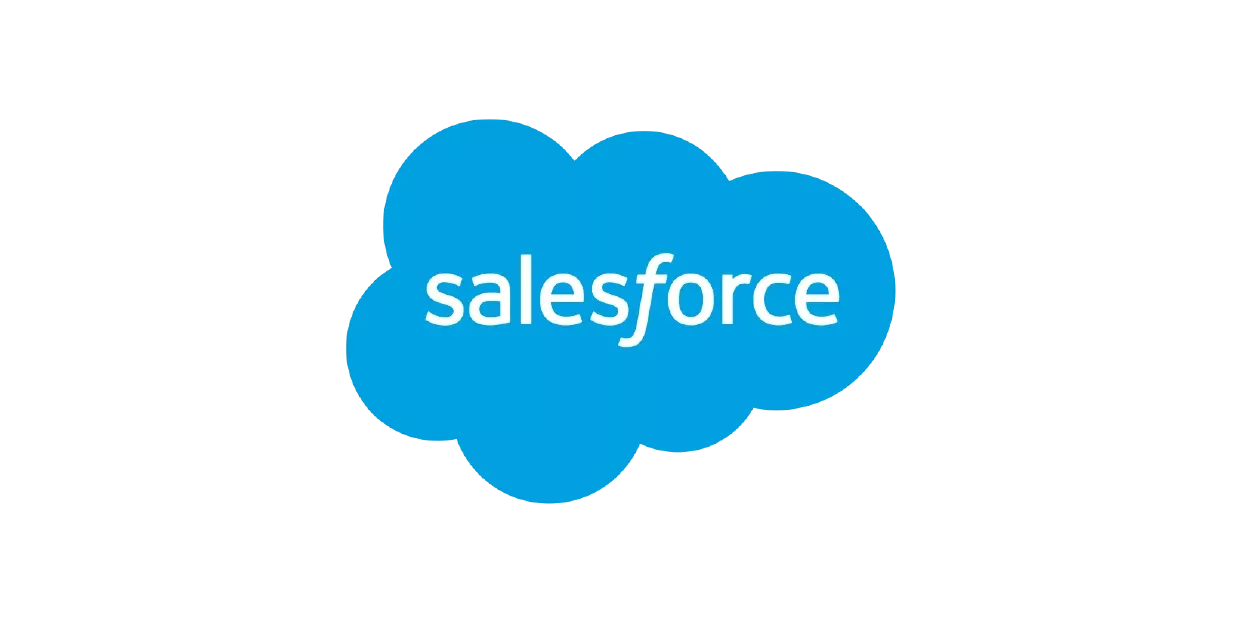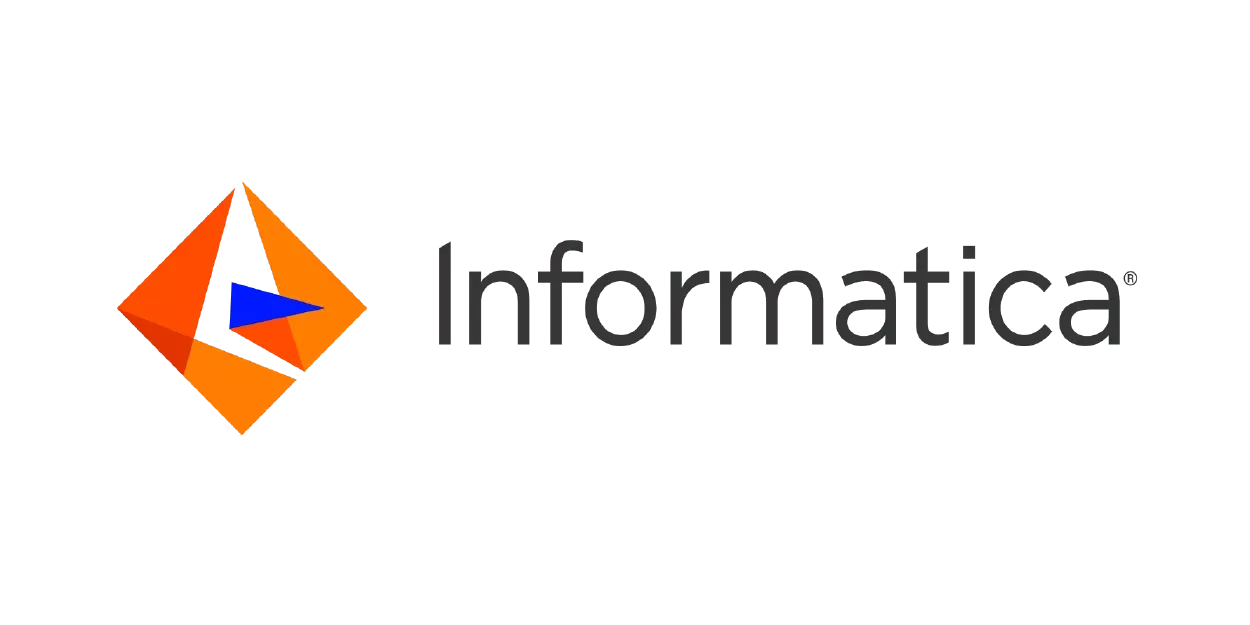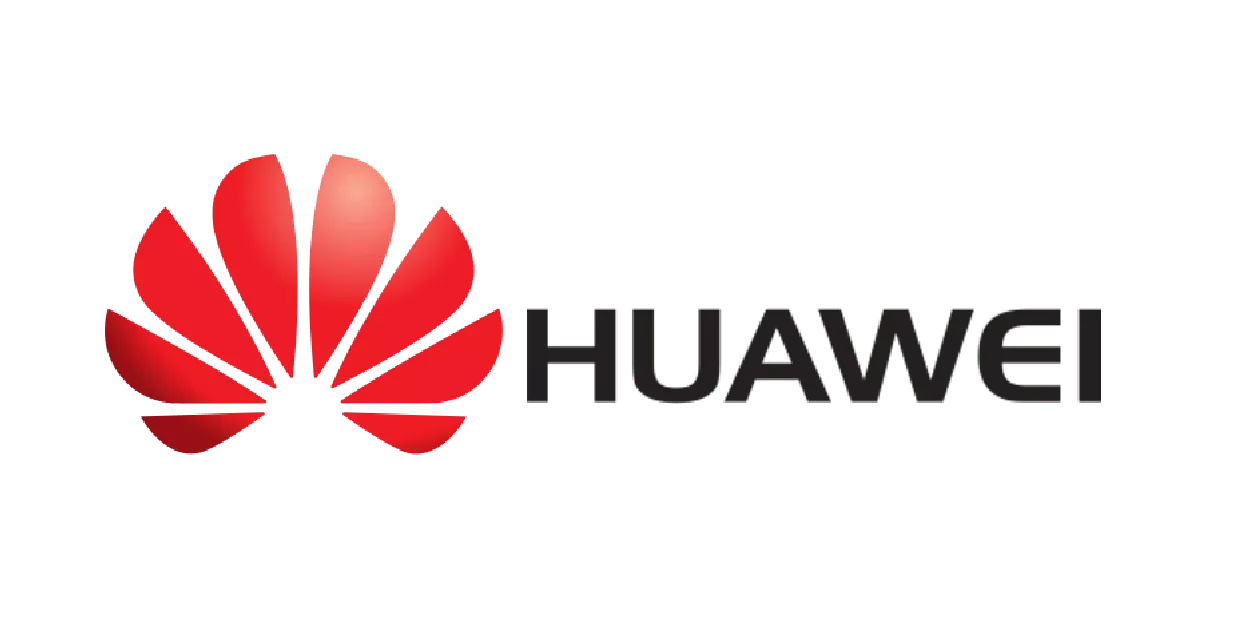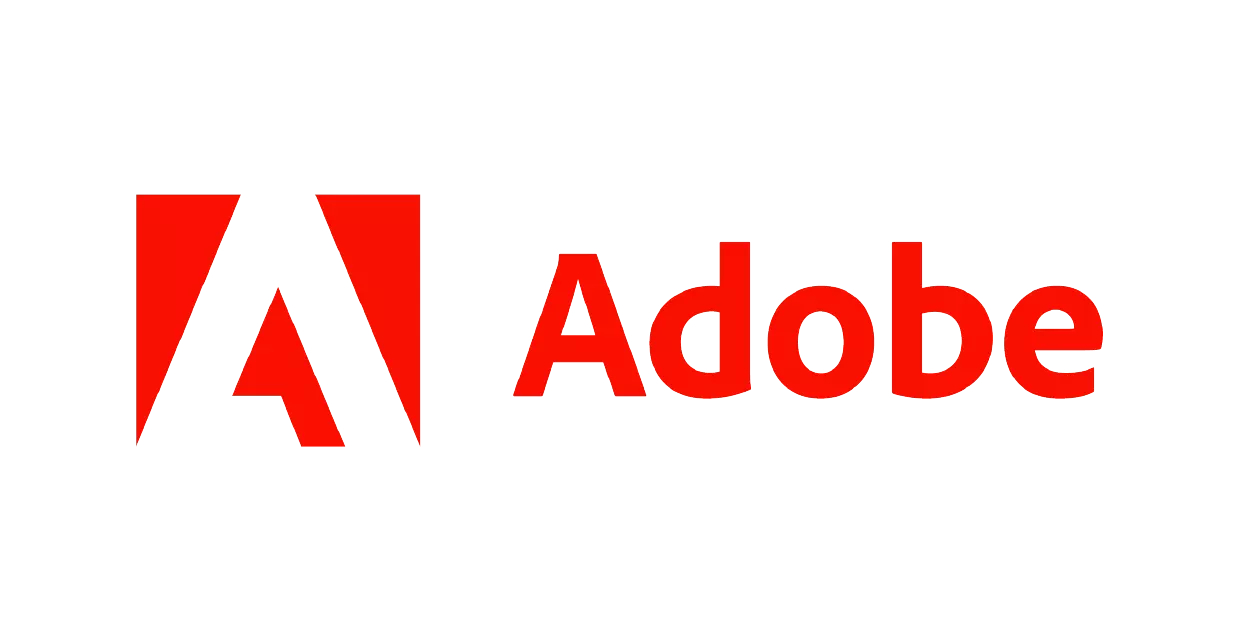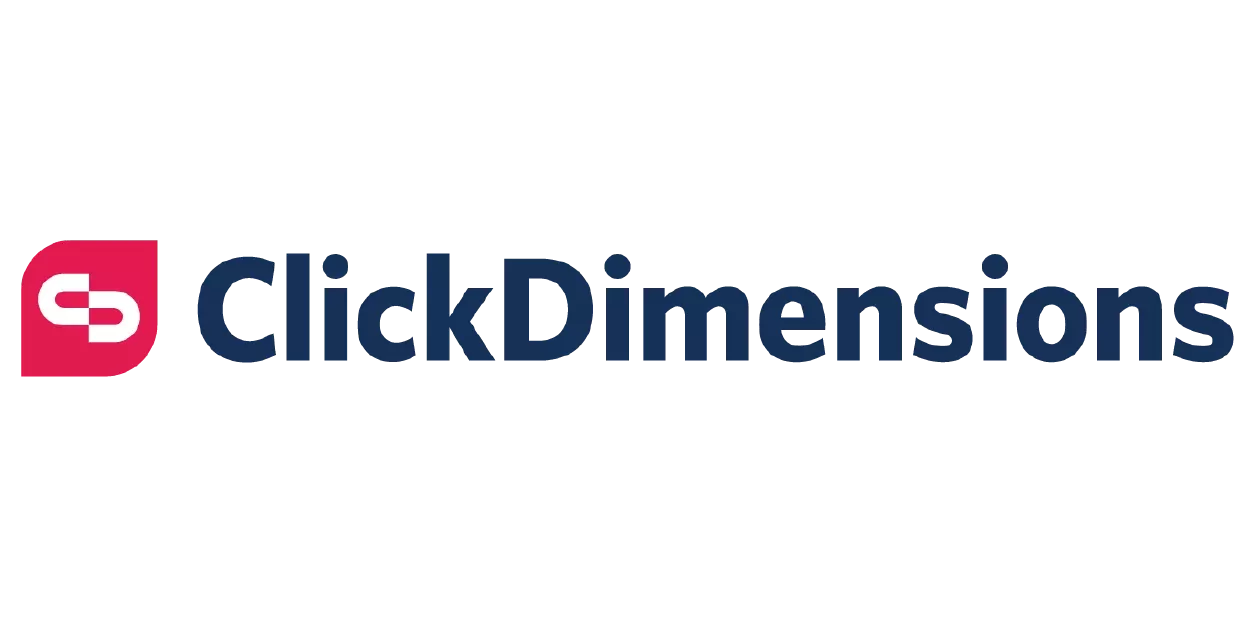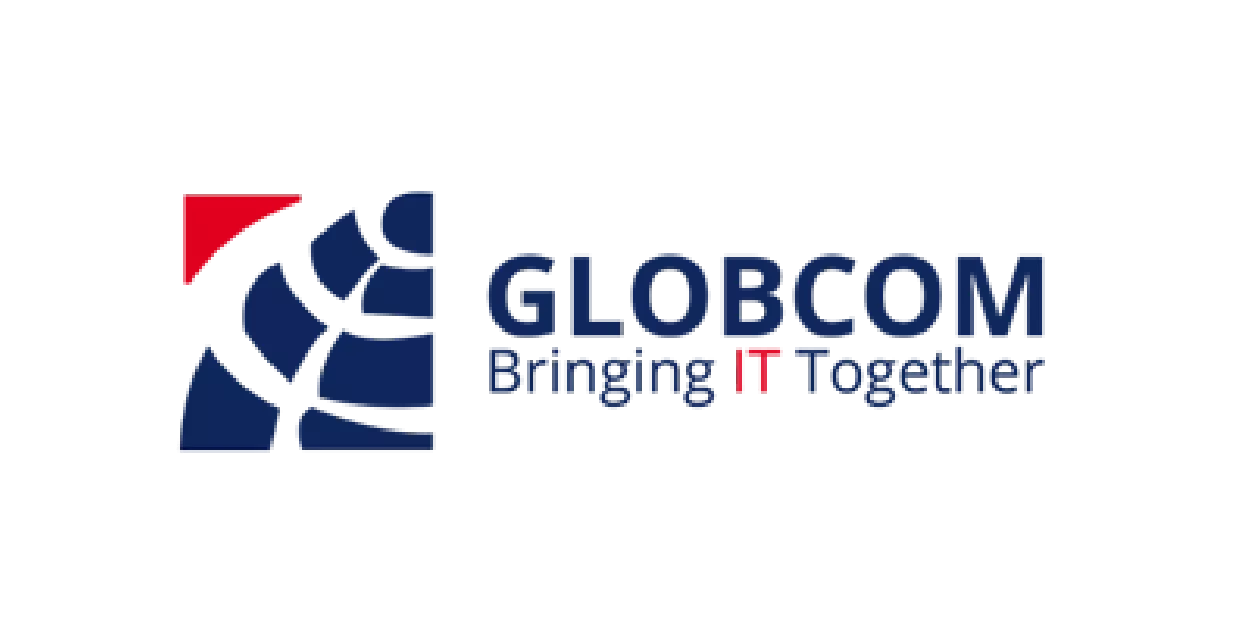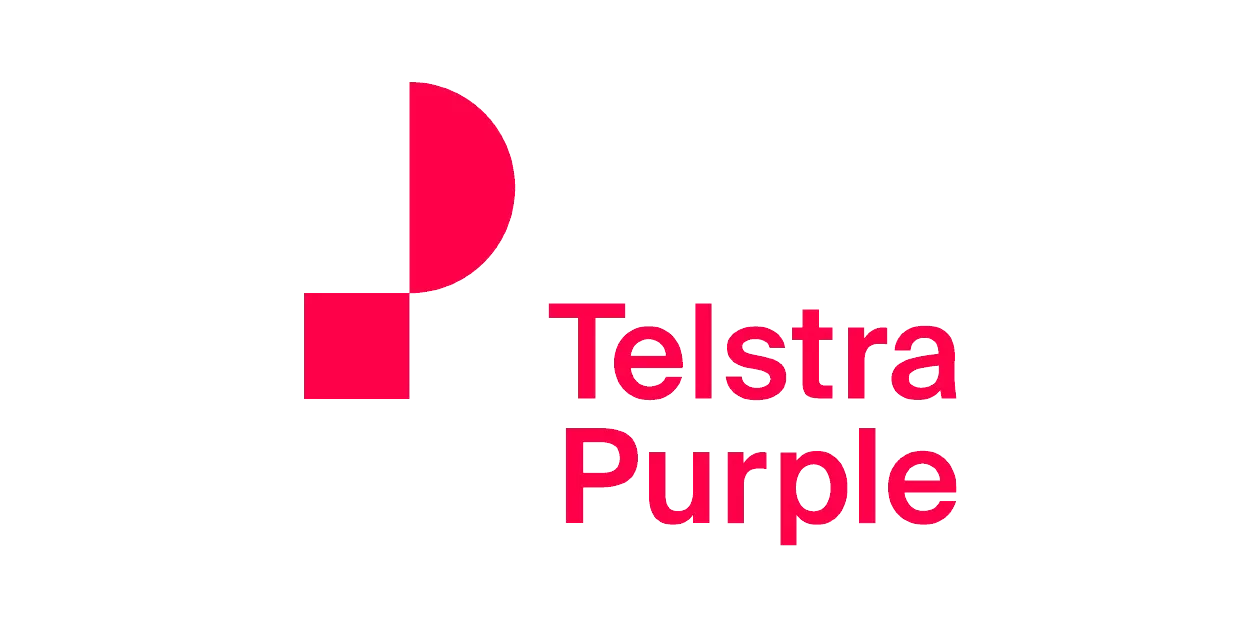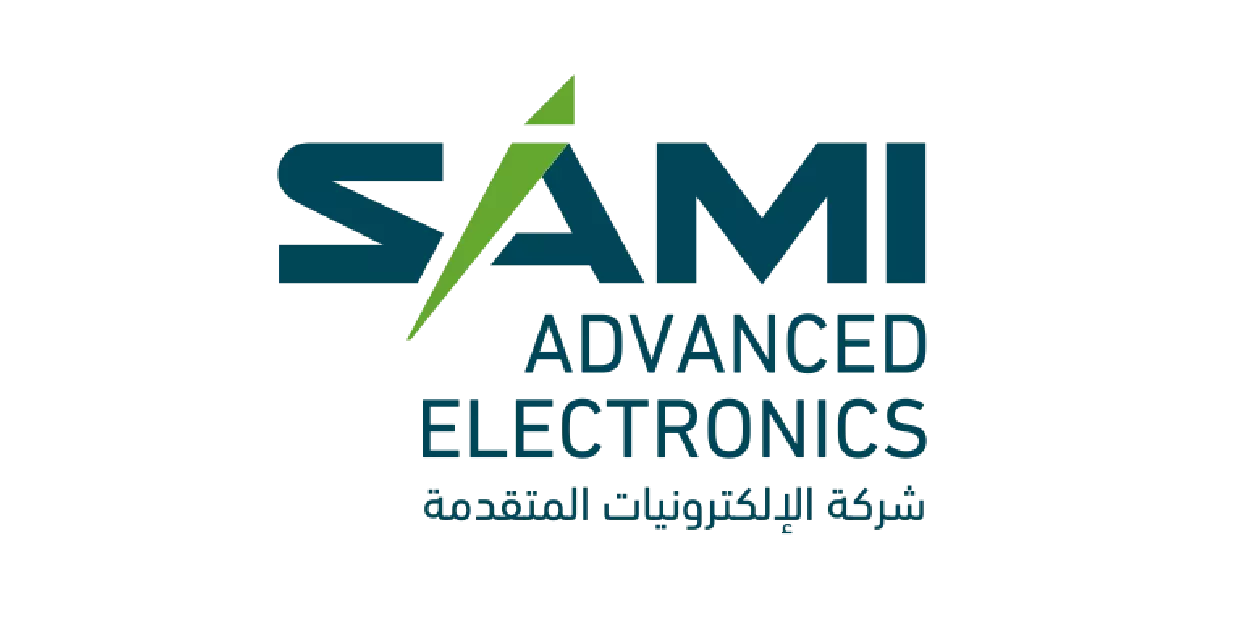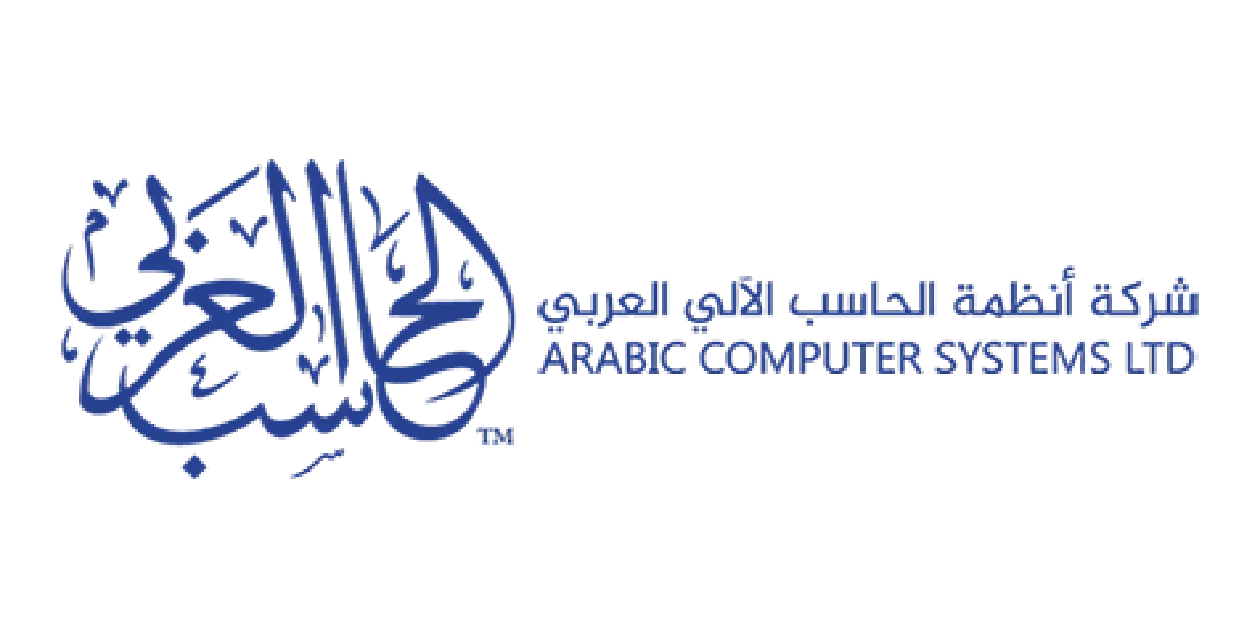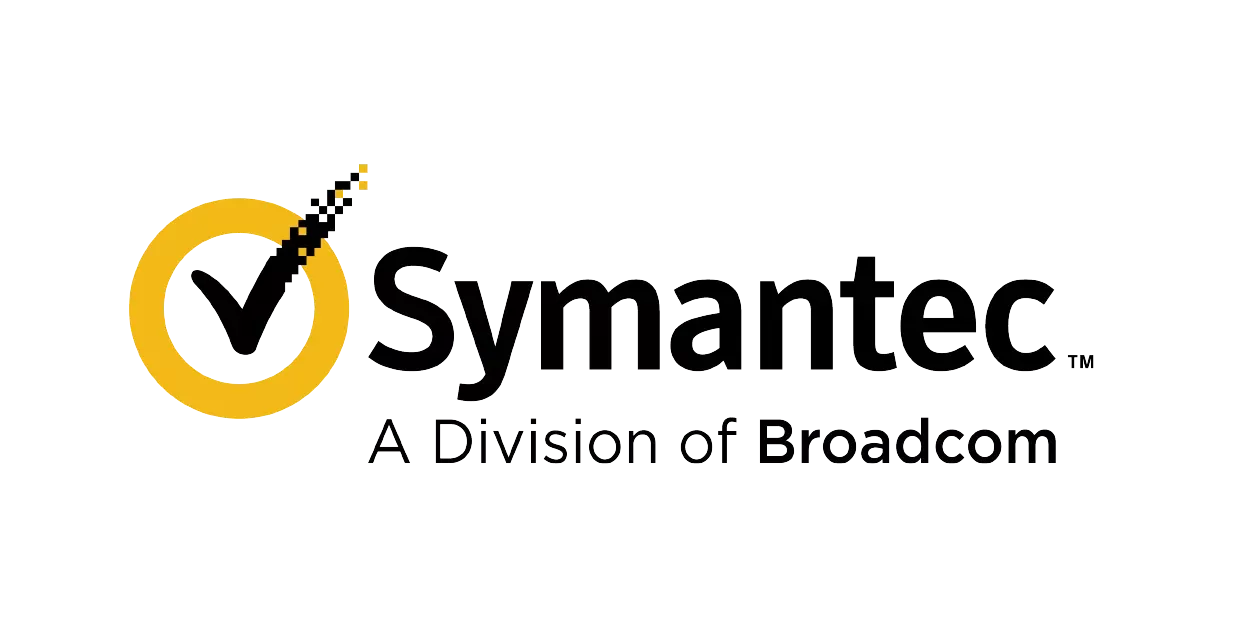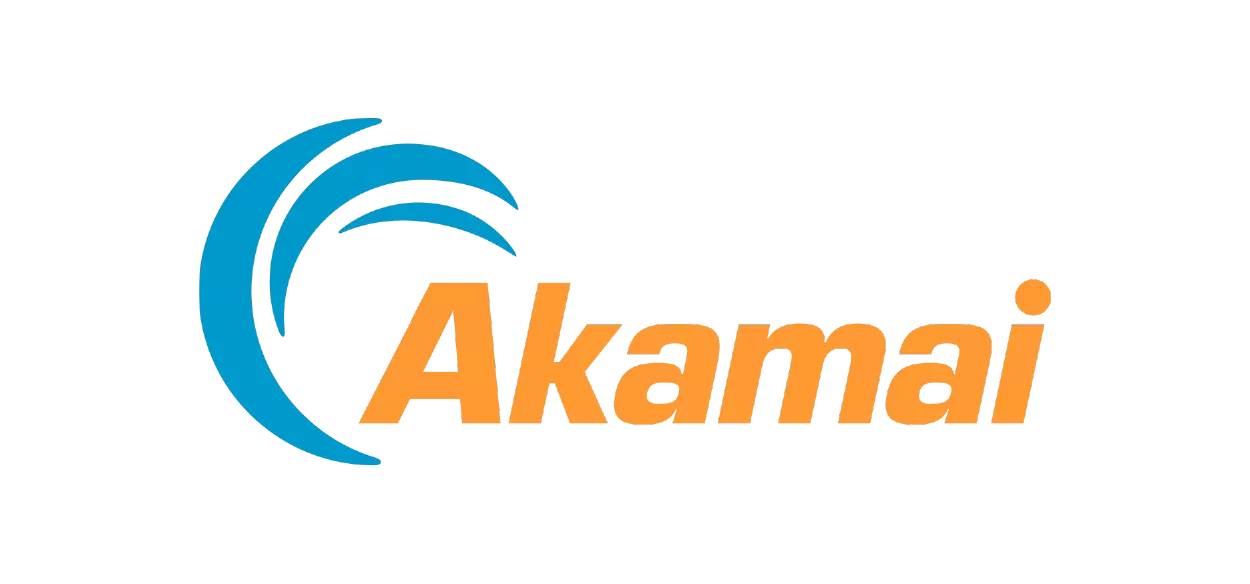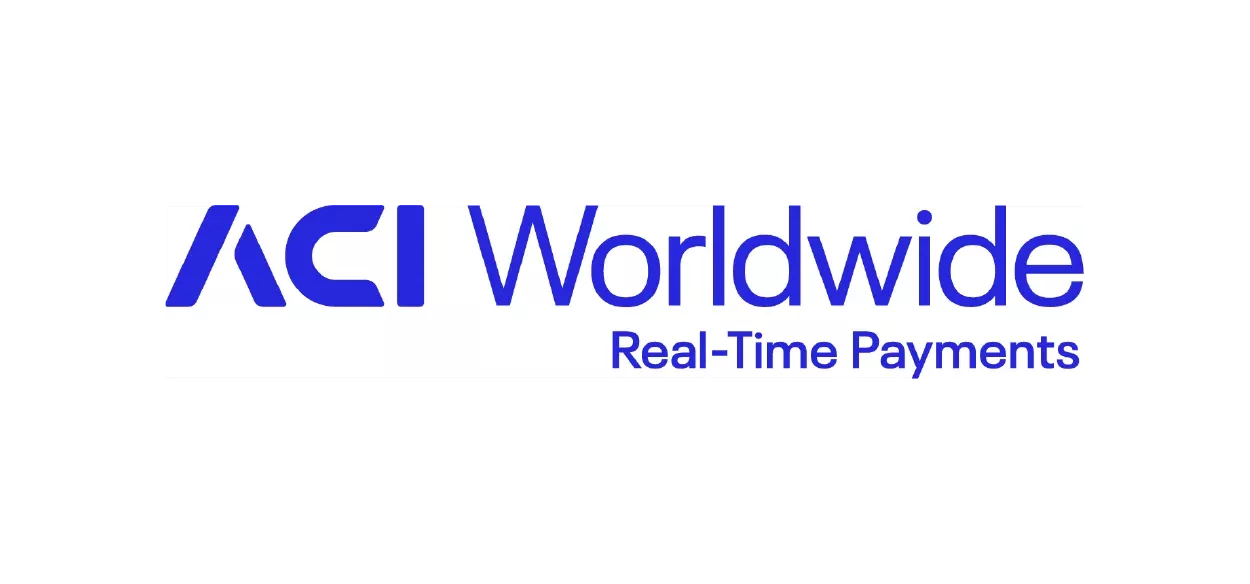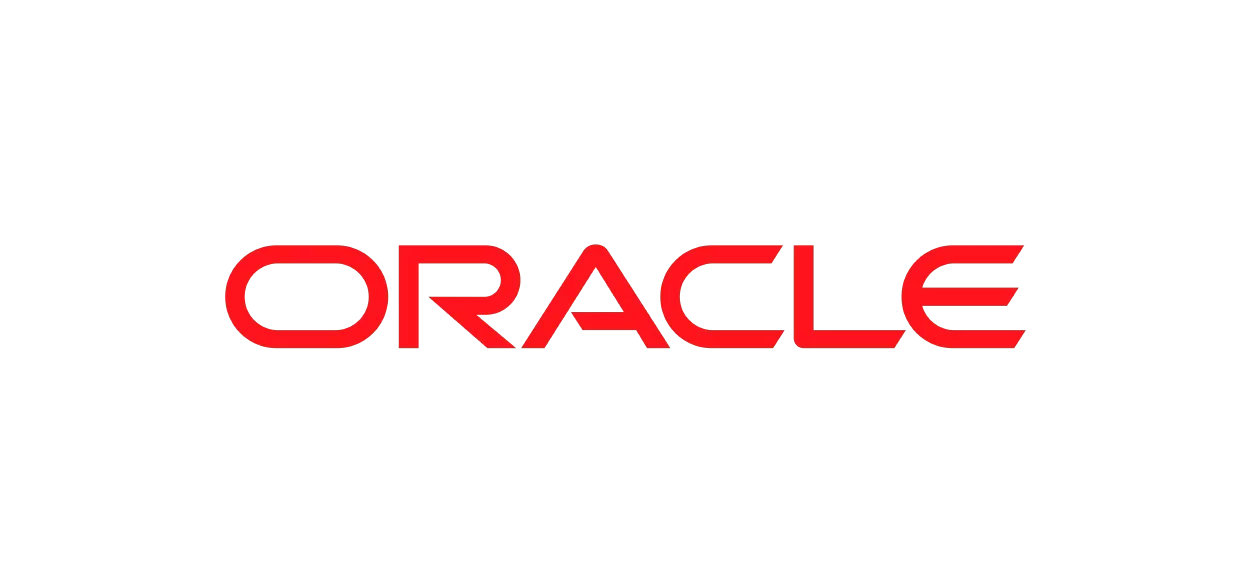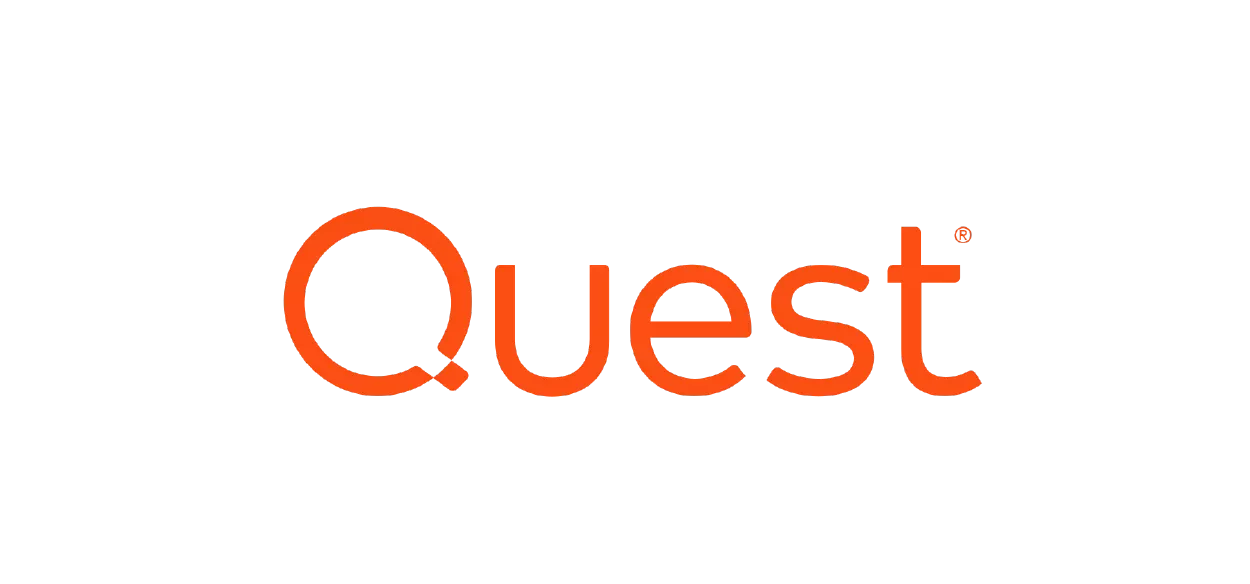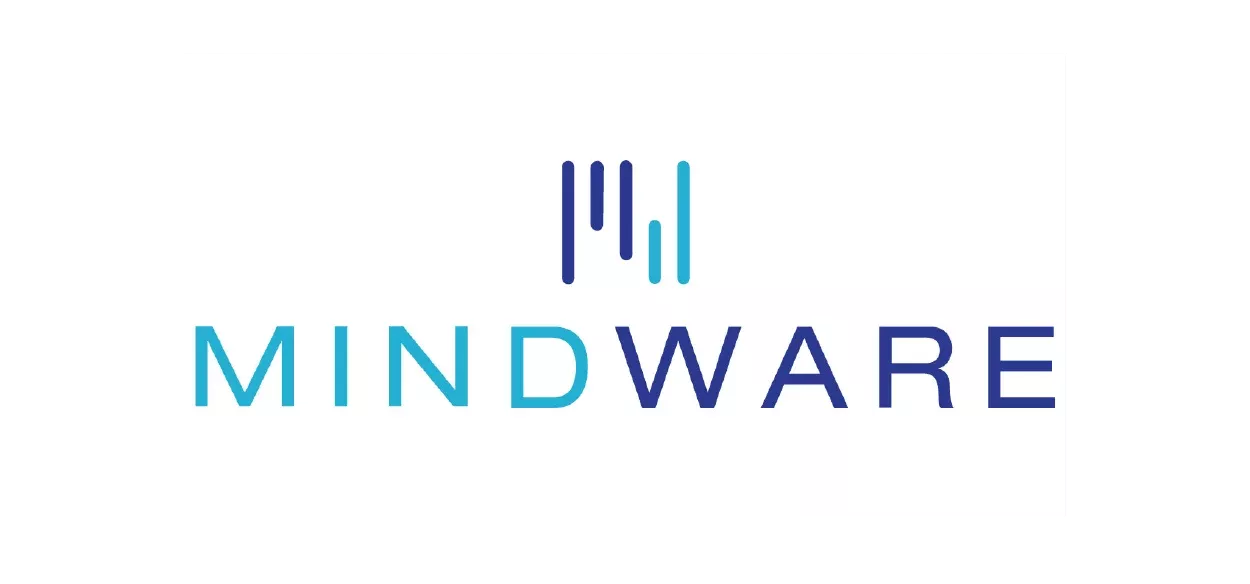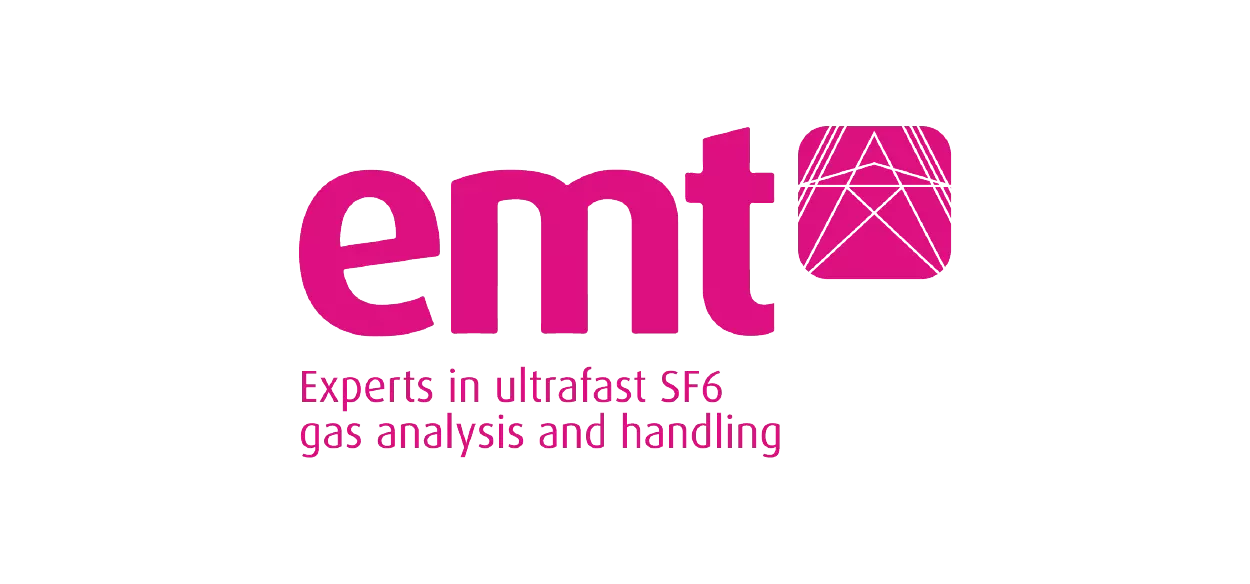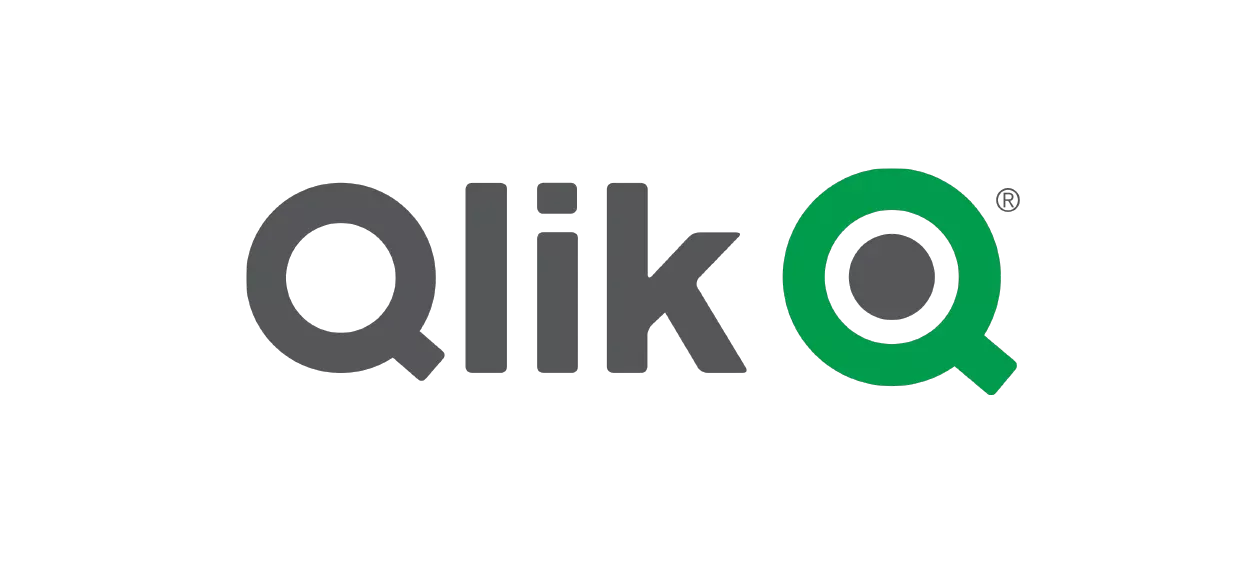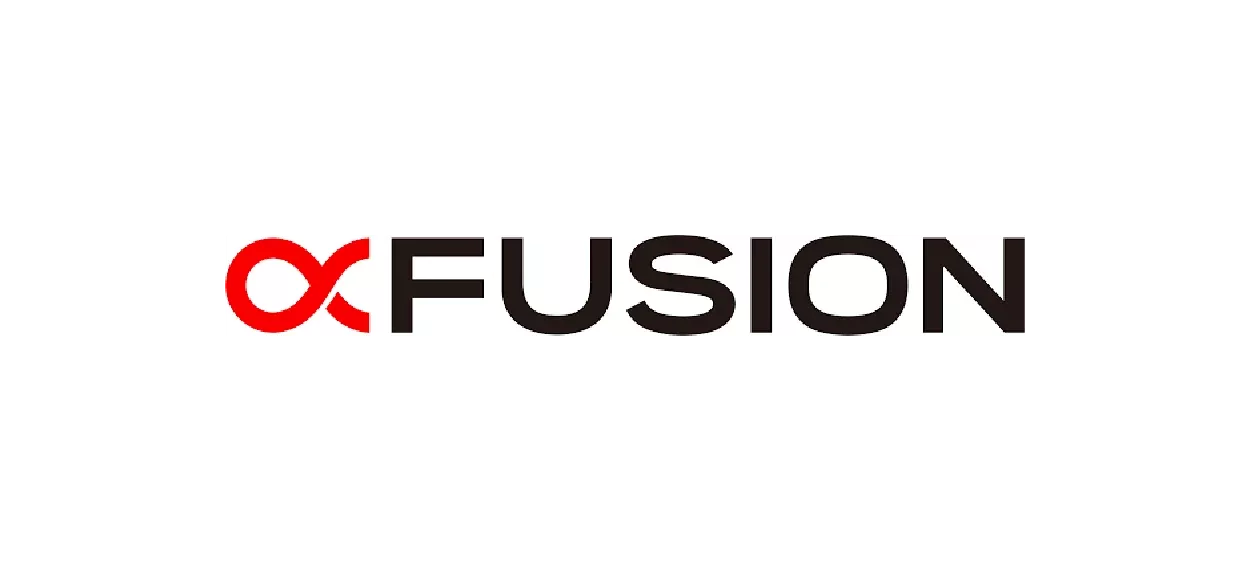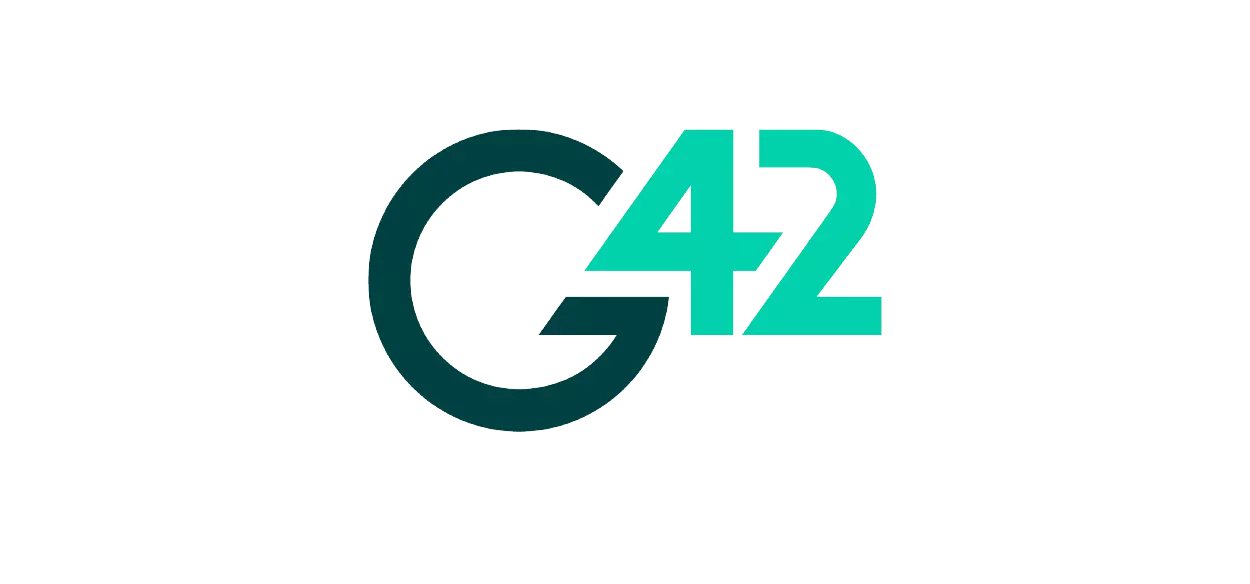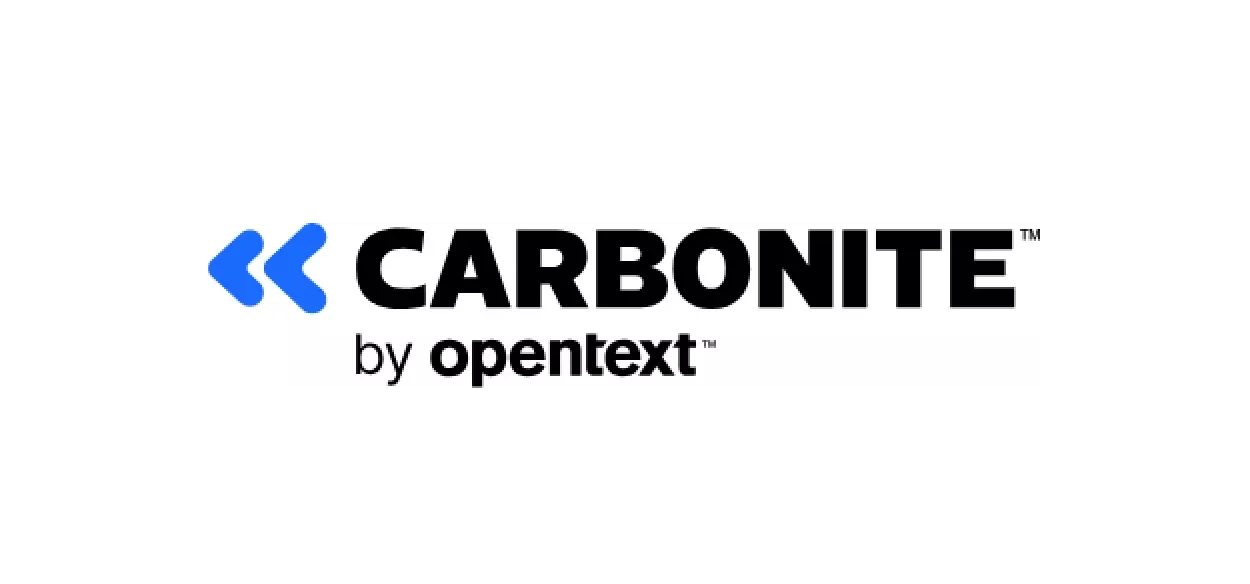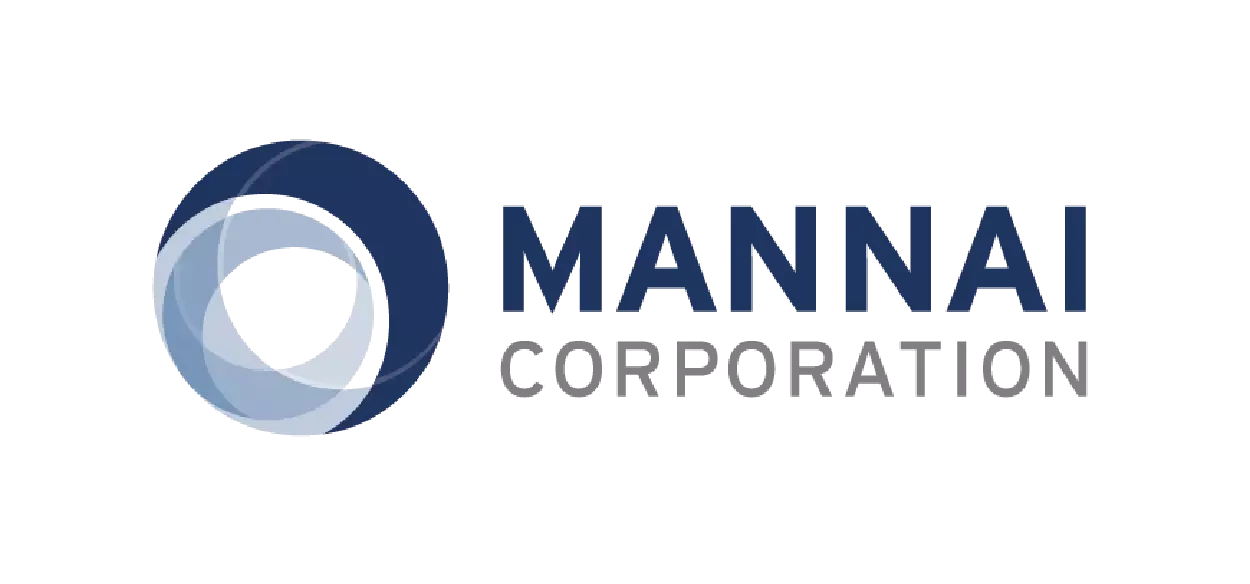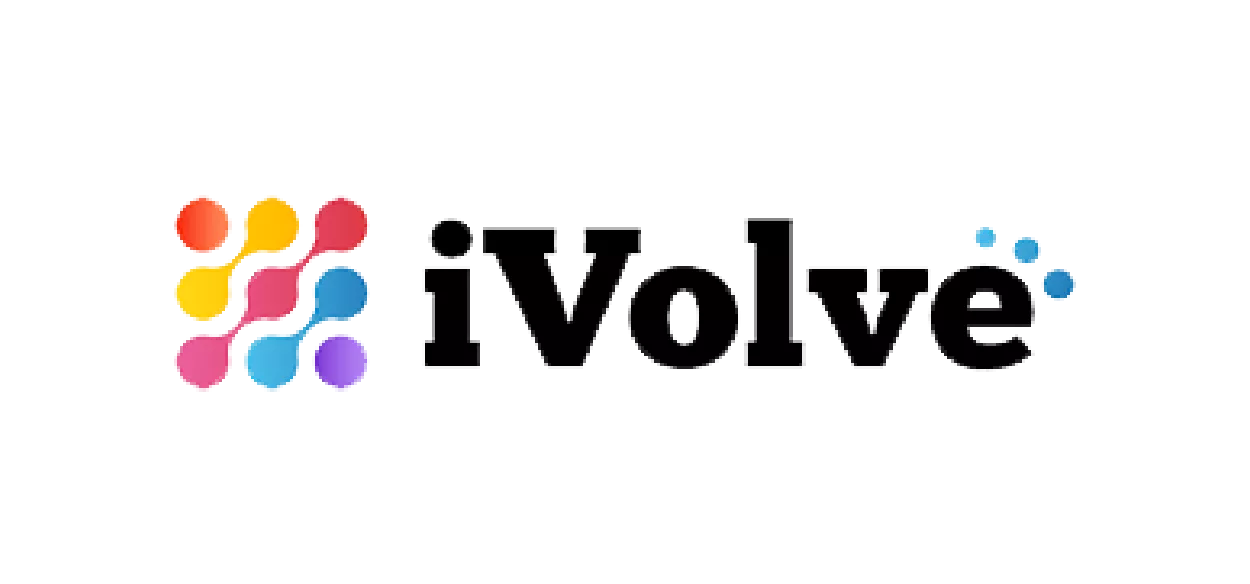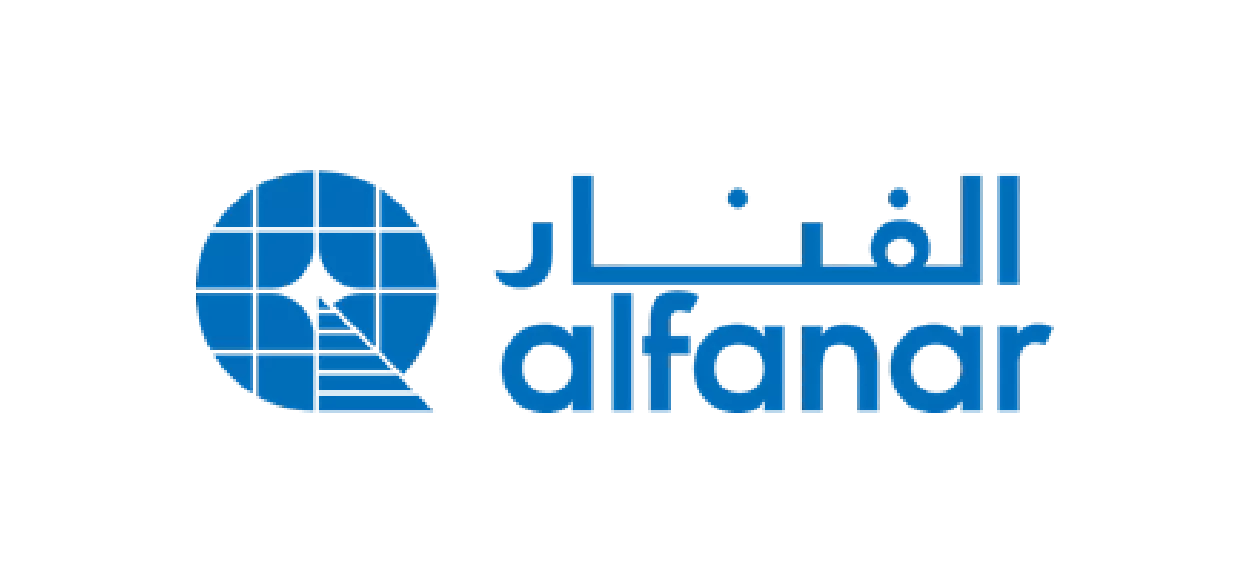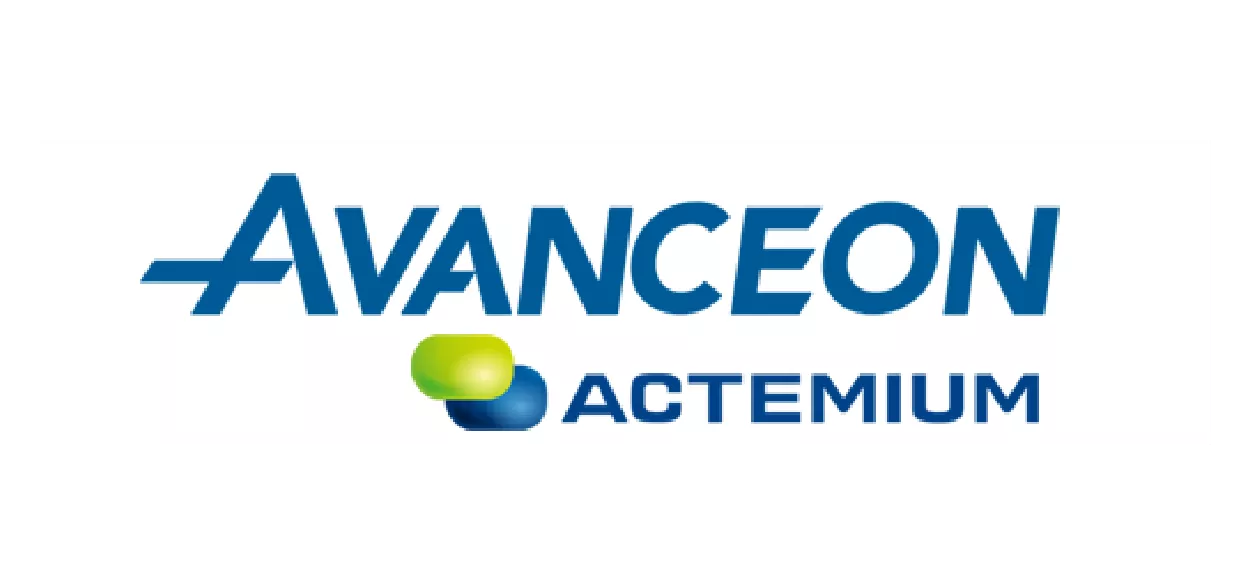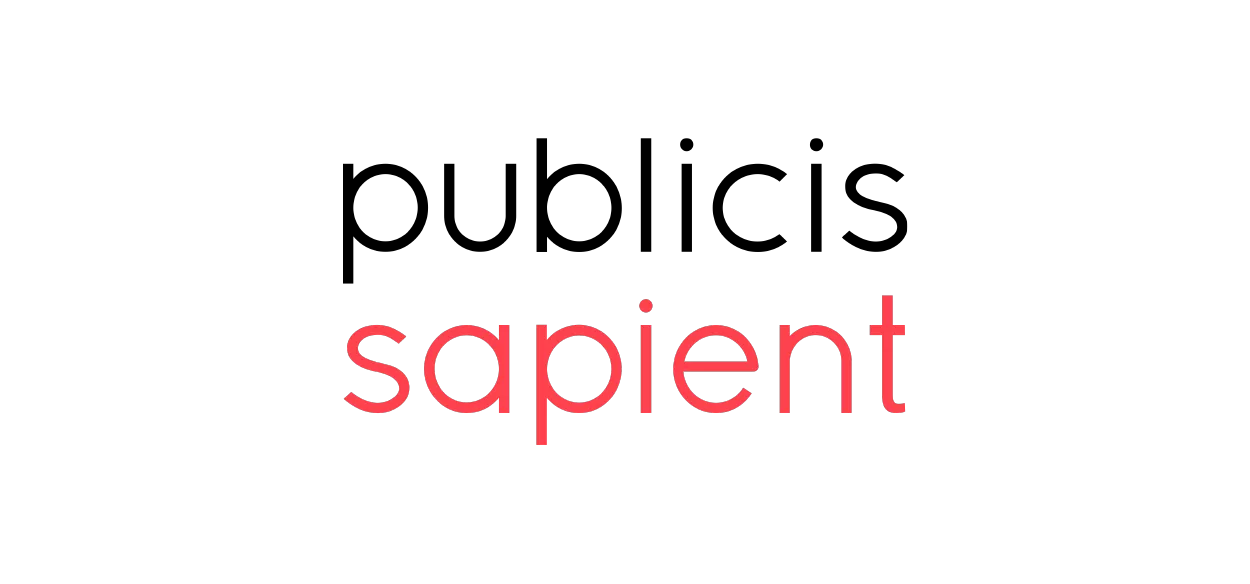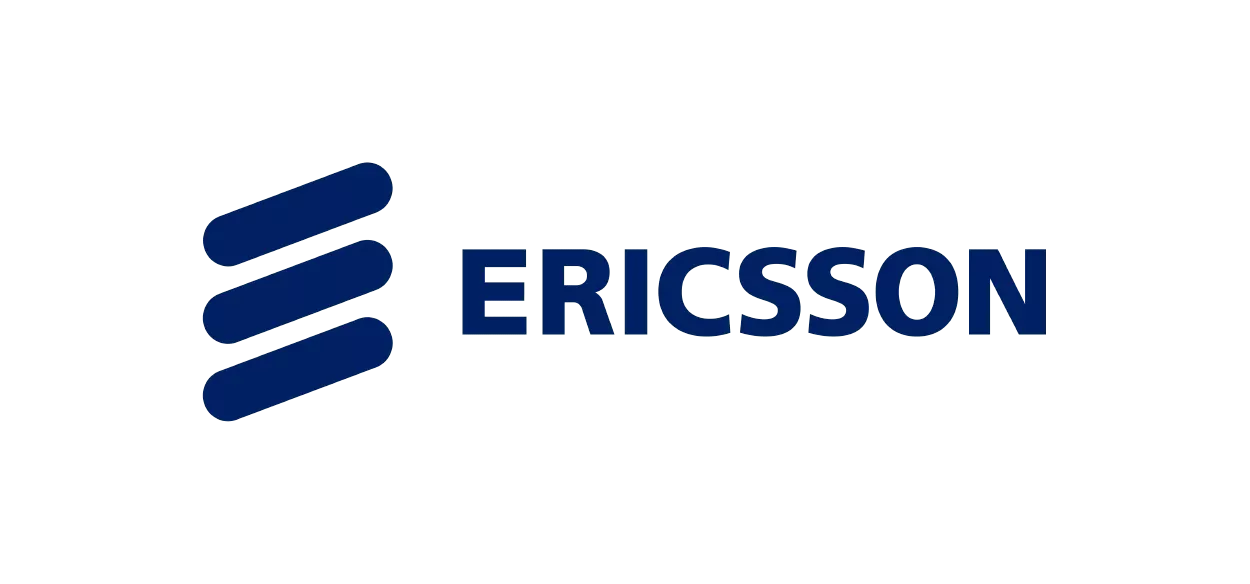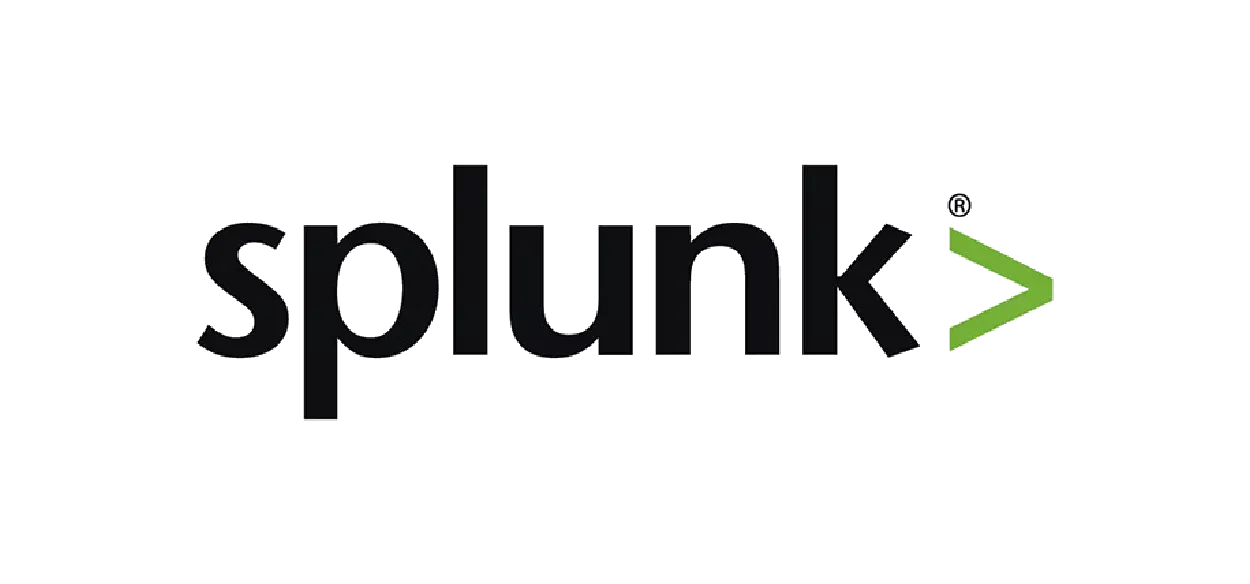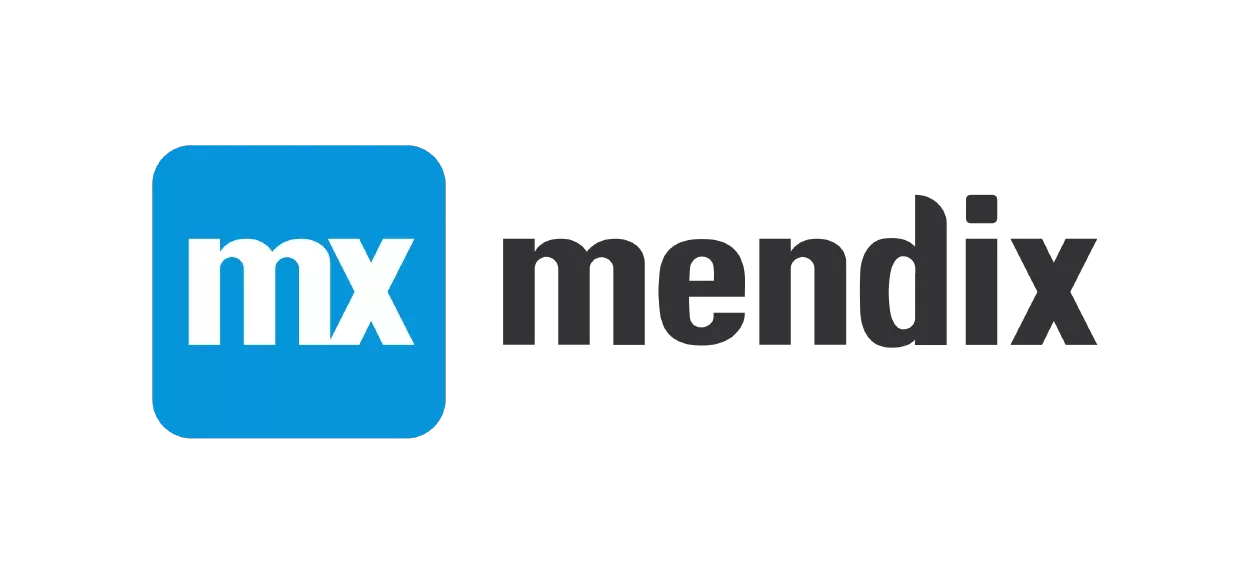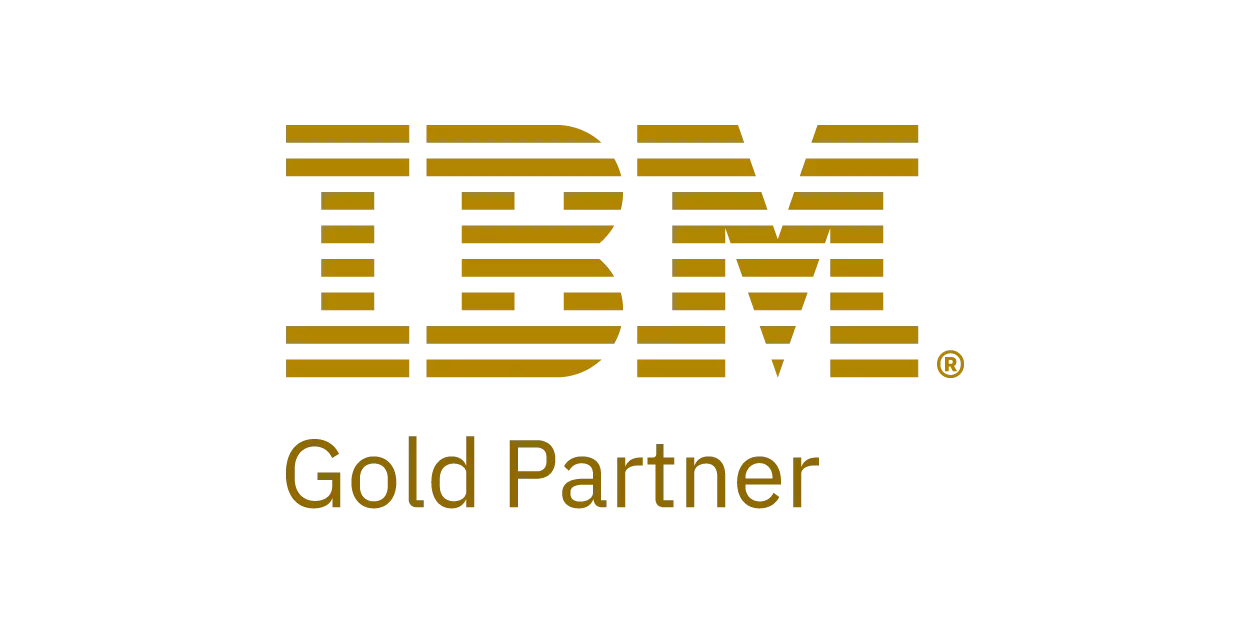
Empowering our global clientele to embrace modern technology, rethink processes, and elevate experiences
-
Digital
We offer core insights-driven digital transformation capabilities, modernize key systems to accelerate innovation, and provide a design-led, unified, and personalized experience.Learn more -
Data & AI
We enable enterprises to transform data into a business advantage by tapping into the capabilities of ML, advanced analytics, generative AI, and connected intelligence.Learn more -
Cloud
We help enterprises scale and adapt to evolving needs within a secure hybrid or pure cloud environment by leveraging end-to-end and outcome-based cloud solutions.Learn more
Featured Insights

EVENT
Meet Systems Limited at Temenos Community Forum 2024
14th to 16th May 2024
Dublin Convention Centre
Temenos Community Forum 2024, one of the largest and most exciting conferences that will bring together over 1500 representatives from across the industry including financial institutions, investors, industry analysts, and media from around the world.
Explore
NEWSROOM
Systems Limited graced with 3 accolades at IT & ITES Export Awards 2024 by PSEB
Systems Limited, Pakistan’s premier IT services provider bagged 3 recognitions in the platinum category.
Explore
EVENT
Navigate the Systems experience at LEAP 2024
March 4th - March 7th, 2024
Riyadh Exhibition and Convention Center
LEAP 2024's third edition in Riyadh unfolded a myriad of significant milestones, illuminating advancements and strategic alliances across diverse technology sectors
Explore
NEWSROOM
Winner of 2023 Microsoft Country/Region Partner of the Year
Systems Limited today announced it has won the Country/Region 2023 Microsoft Partner of the Year Award.
Explore
CASE STUDY
Meezan Bank accelerates rapid business growth with Systems Limited and Temenos
Explore how Meezan Bank, with Systems Limited's expertise, leads Islamic banking in Pakistan and consults globally.
Explore
NEWSROOM
Systems Limited’s wins its consecutive 4th Forbes Asia's Best Under A Billion
The company's remarkable financial performance and commitment to excellence earned it a spot among Forbes' top 200 small and mid-sized publicly traded companies.
ExploreTranslating technology into a positive impact
47+
Years of continual excellence
7000+
Change makers driving revolution
16+
Countries with our presence and clientele
618+
Active clients across the globe
We rethink business growth for you through our collective experience with strategic partner ecosystem.





Your next starts right here
JOIN USHow can we help you?
Are you ready to push boundaries and explore new frontiers of innovation?
